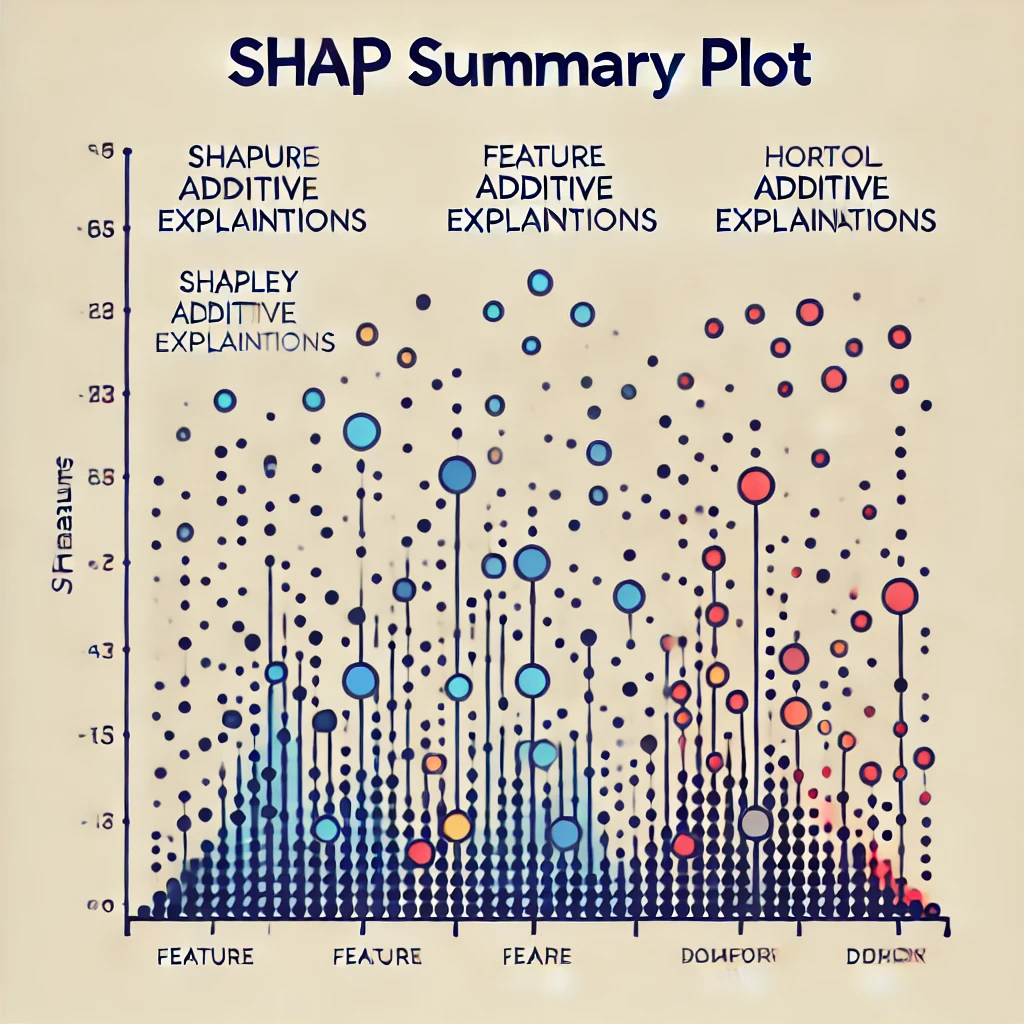2 min to read
SHAP-Pioneering Transparency in AI with Game Theory

Introduction to Explainable AI (XAI) and SHAP
As artificial intelligence (AI) becomes more integrated into daily decision-making processes, the need for transparency in these systems escalates. Explainable AI (XAI) is the discipline focused on making AI’s decisions understandable to humans. Within this field, SHapley Additive exPlanations (SHAP) stands out as a groundbreaking method, offering a way to quantify the contribution of each feature to the prediction of a model.
The Genesis of SHAP
SHAP is inspired by Shapley values, a concept from cooperative game theory that allocates payouts to players based on their contribution to the total game’s success. In the context of machine learning, SHAP applies this theory to determine the impact of each feature on the model’s output, treating each feature as a “player” in the game of contributing to the prediction.
How SHAP Works
SHAP values provide a unified measure of feature importance and how they change the prediction. The method works by comparing what a model predicts with and without each feature. By systematically iterating through all possible combinations of features, SHAP assesses the marginal contribution of each feature to the prediction. This process results in a fair and consistent valuation of feature importance across the model, giving a detailed and intuitive understanding of how the model operates.
Benefits of SHAP in Model Interpretation
One of the primary benefits of SHAP is its consistency and accuracy in feature attribution, providing clear, actionable insights into model behavior. Unlike other methods, SHAP offers global interpretability—understanding the model as a whole—while also allowing for local explanations for individual predictions. This dual-level interpretability makes SHAP exceptionally versatile and powerful in explaining complex models.
Real-world Applications of SHAP
SHAP’s application spans numerous fields, enhancing decision-making transparency. In healthcare, it aids in understanding diagnostic models, helping clinicians explain patient-specific outcomes. In finance, SHAP elucidates credit scoring models, identifying factors affecting creditworthiness. Additionally, in marketing, SHAP can unravel customer behavior models, offering insights into purchasing drivers and enhancing customer segmentation strategies.
Limitations and Considerations of SHAP
While SHAP is a robust tool for model explanation, it can be computationally intensive, especially with large models and datasets. Thus, balancing the depth of explanation with computational feasibility is crucial.
Conclusion
SHAP has revolutionized the way we interpret machine learning models, grounding the explanations in solid mathematical theory and providing detailed insights into the decision-making process. As the demand for accountable and transparent AI grows, SHAP will likely remain at the forefront of explainable AI, bridging the gap between machine intelligence and human understanding.



Comments